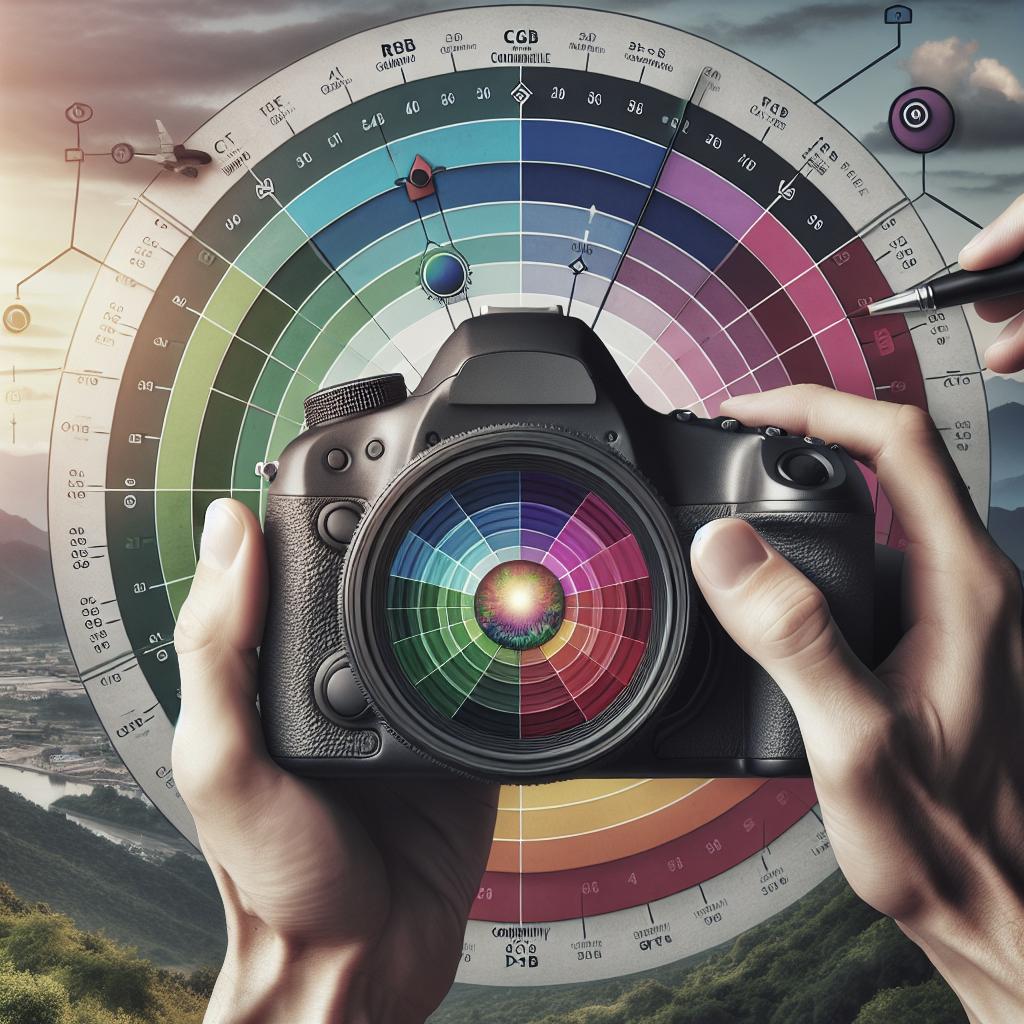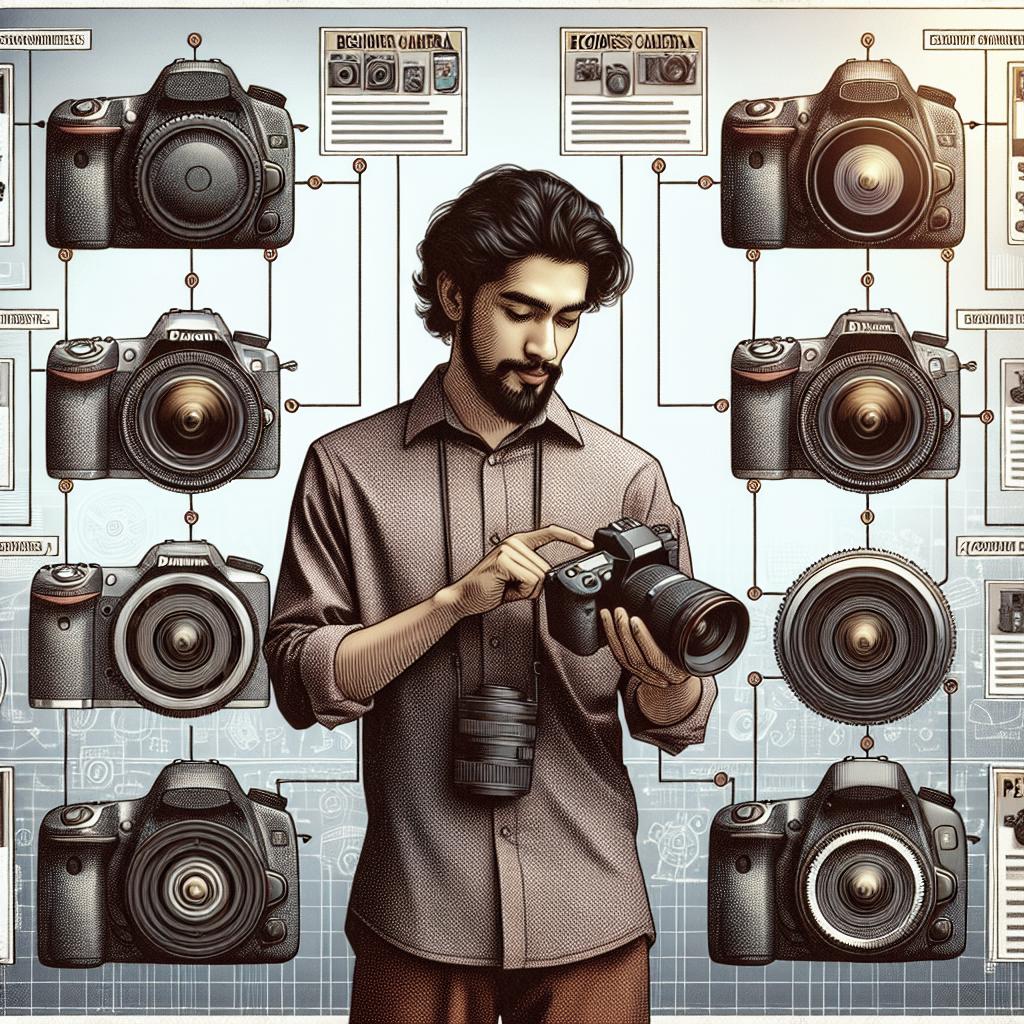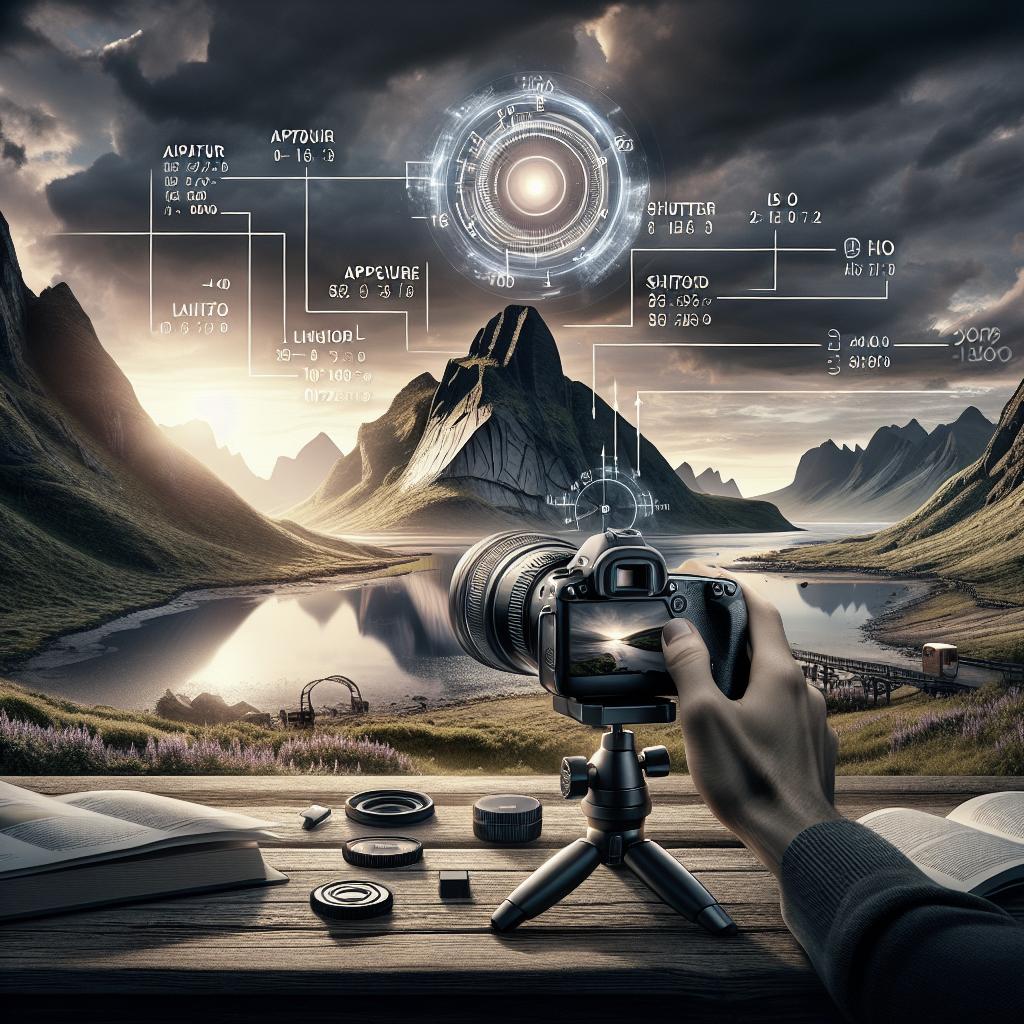“`html
How to Use Color Theory in Photography
Color theory is an essential concept in the visual arts, and photography is no exception. By understanding and applying color theory, photographers can create stunning images that captivate the viewer’s eye. This blog post will delve into the definition of color theory, explore the RGB color model, and discuss different color schemes and harmony. We’ll also provide practical tips on integrating color theory into your photography techniques. Finally, we’ll offer a summary and further reading recommendations to help you in your photographic journey. Whether you’re a beginner or a seasoned professional, this guide will enhance your understanding of color and its power in photography.
Colour Theory: Definition
Color theory refers to the set of principles used to create harmonious color combinations. It is based on the Color Wheel, created by Sir Isaac Newton in 1666, which organizes colors based on their relationships. The primary colors, red, blue, and yellow, form the basis, leading to secondary and tertiary colors through mixing.
In photography, color theory helps artists create cohesive and visually appealing images. Understanding warm colors (reds, oranges, and yellows) and cool colors (blues, greens, and purples), and how they interact, allows photographers to evoke specific emotions and moods in their work. By using color contrasts and complements, photographers can highlight subjects and guide the viewer’s gaze.
RGB Colour Model
The RGB color model is widely used for digital imaging and photography. It stands for Red, Green, and Blue, which are the primary colors of light. By mixing these colors in various intensities, nearly the entire spectrum of visible light can be represented. This model is crucial in digital photography settings where color accuracy and manipulation are paramount.
Understanding how the RGB color model operates is essential for post-processing in software like Adobe Lightroom or Photoshop. Adjusting the balance of red, green, and blue can dramatically change the image’s appearance. Photographers can manipulate these colors to correct white balance, enhance saturation, or create specific stylistic effects that align with their artistic vision.
Colour Schemes and Harmony
Color schemes are combinations of colors that work well together, often derived from the principles of color harmony. Popular schemes include complementary, analogous, triadic, and monochromatic. Each scheme offers a different mood or effect and can be applied purposefully in photography to control viewer perception.
Complementary colors, like blue and orange, are opposite each other on the color wheel and create high contrast, making them ideal for dynamic and vibrant photography. Analogous colors, such as different shades of green, create a more subdued and harmonious feel. By understanding these schemes, photographers can deliberately choose backgrounds, clothing, and settings to enhance the subject of their photos.
Colour Theory in Your Photography
Integrating color theory into your photography involves careful observation and planning. Begin by evaluating your subject and the environment to identify existing color relationships. Consider the mood you want to convey and select color schemes that support your vision.
Experimentation is key. Try capturing the same scene under different lighting conditions to see how it influences color perception. Use post-processing tools to tweak hues and saturation levels, learning how small adjustments can change the overall impact of an image. Aspects like shadow, reflection, and texture also alter the perception of color, offering endless creative possibilities.
Summary
Color theory is a powerful tool in photography, enhancing both technical skills and artistic expression. By mastering the basics of the color wheel, RGB model, and color harmony, photographers can create compelling images that captivate viewers. Explore different color schemes to find your style and use post-processing technology to refine your color work further.
Recommended For You
To continue your exploration of color in photography, consider delving into resources about advanced editing techniques, the psychology of color, and case studies from renowned photographers. Books, online courses, and photography workshops are excellent means to deepen your knowledge and apply what you’ve learned.
| Section | Content Summary |
|---|---|
| Colour Theory: Definition | Defines color theory, its basis in the Color Wheel, and its use in creating harmonious color combinations in photography. |
| RGB Colour Model | Explains the RGB color model’s role in digital photography and post-processing, focusing on manipulating color for desired effects. |
| Colour Schemes and Harmony | Describes popular color schemes like complementary and analogous, and their application in creating mood and focus in images. |
| Colour Theory in Your Photography | Offers practical advice on integrating color theory into photography through observation, planning, and experimentation. |
“`


